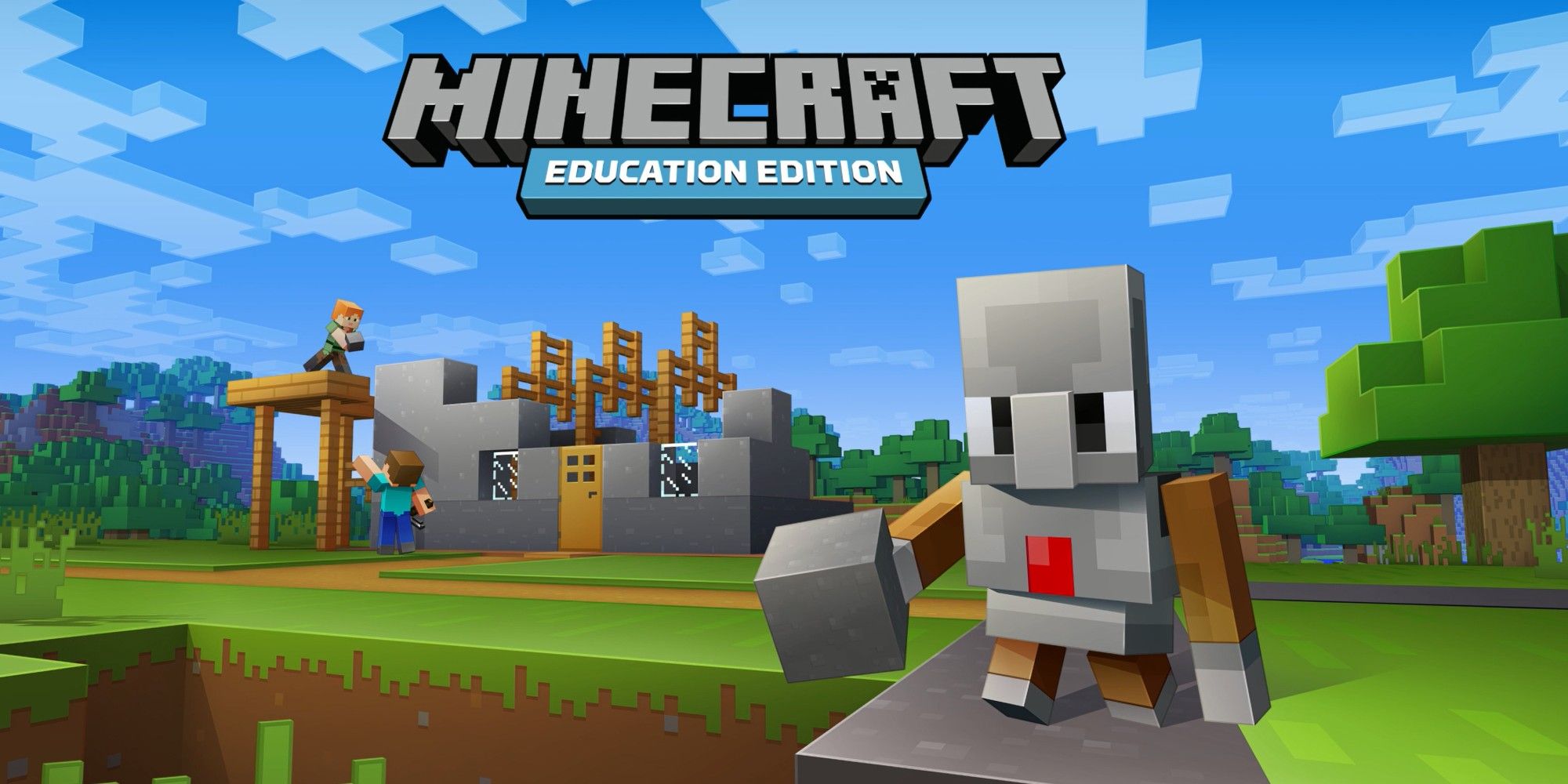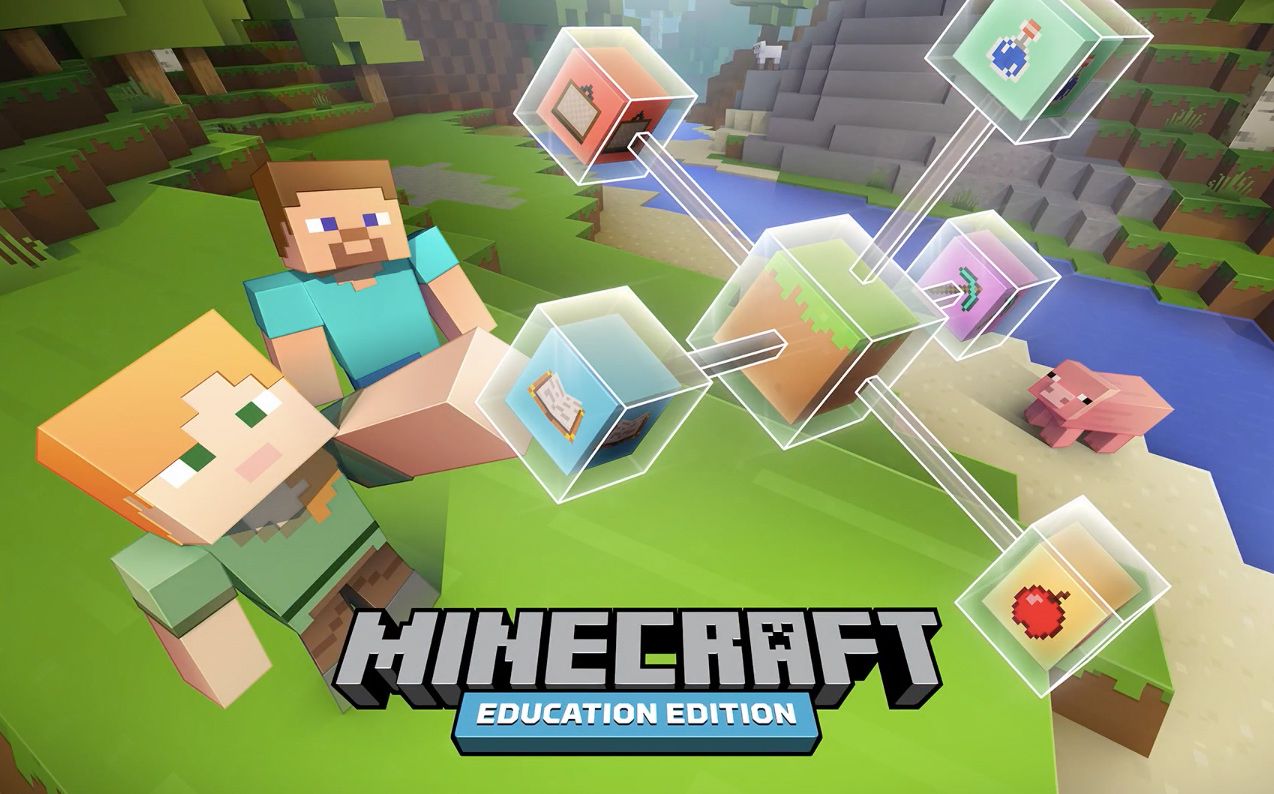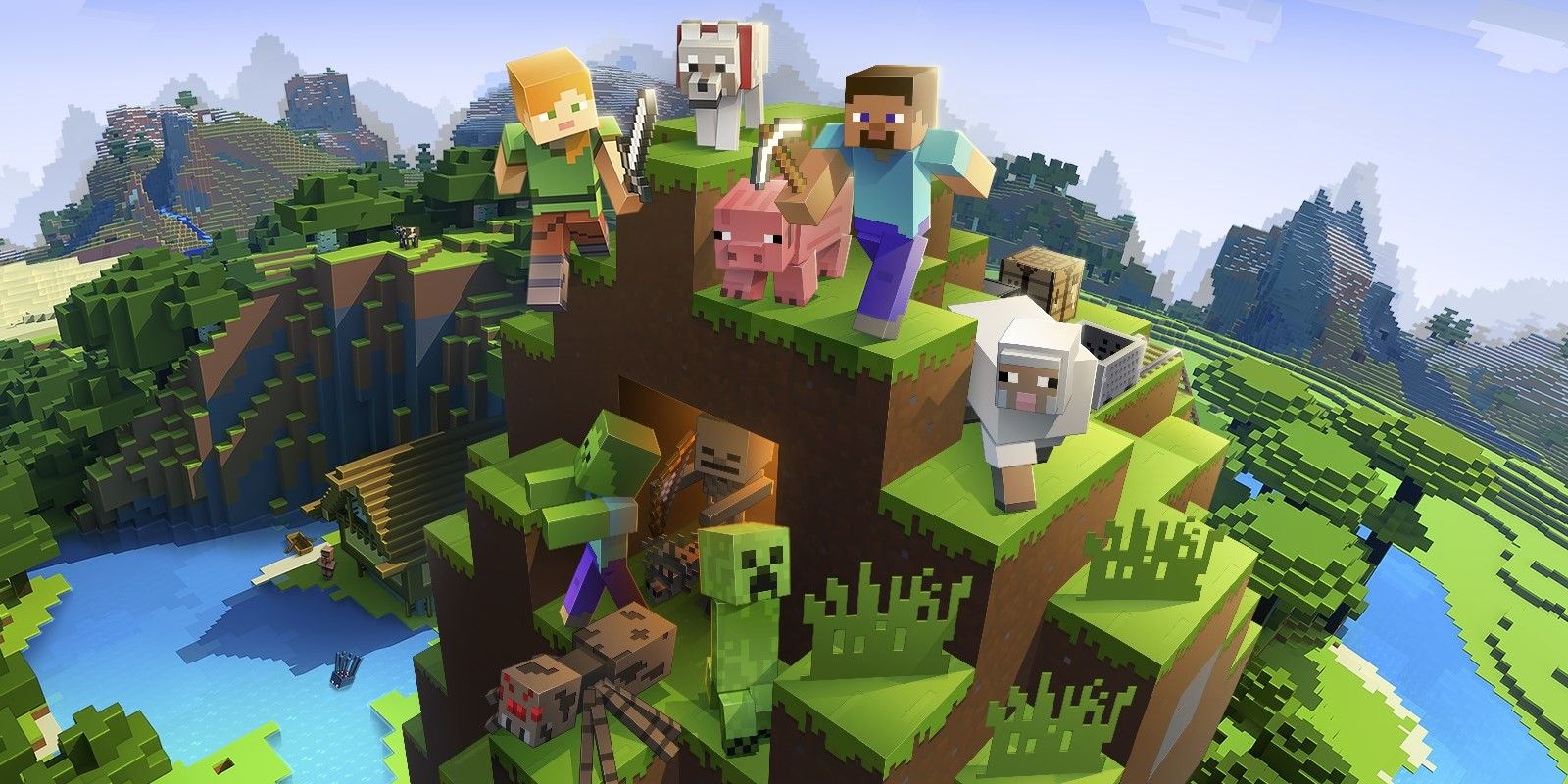With schools closing in the wake of the COVID-19 virus outbreak, many parents are scrambling to help foster their children’s education until teachers can take over again. For many kids, being at home may feel more like game time than study time. Being in a different, distracting environment can alter the way some people learn, which is why many companies develop tools in order to help learning happen in bizarre ways.
Many students who play video games have played Minecraft. As luck would have it, teachers know about the game too and have been using it as an educational tool for just over three years now. Minecraft: Education Edition is an offshoot of the original game developed to help students learn and, more importantly, to help teachers put together creative, fun, and modern lesson plans.
While video games may be the bane of some parents who see them as a way for children to goof-off, others see video games as a way to help a child’s learning. One of the most well-known examples of these educational games, The Oregon Trail, helped teach students about geography, history, problem-solving, and the art of buying extra wagon wheels (a.k.a planning ahead). With technology becoming more accessible and video games becoming more advanced, it is only reasonable that educational video games would follow suit.
By taking a game already familiar to students, teachers are able to explain lessons in a medium they already understand. Instead of reading about theoretical apples in a textbook, students can interact with apples inside of the game. Instead of just showing students the plans and measurements to build a house, students can follow the instructions and then make it themselves.
The website for Minecraft: Education Edition provides a variety of pre-built lessons. Each of these lessons comes with a pre-made Minecraft world to download. The world holds structures that the student will virtually travel, explore, and interact with. Lessons are divided by different age groups and learning abilities, with lessons about language, science, computers, math, history and art that are bound to can capture the interests of any student.
One example, a lesson titled Eukaryotic Cells, allows students to “identify cell organelles and the differences between animal and plant cells” in a simulated 3D space. Not only will this Minecraft world already have diagrams of cells built into it, but it will allow the student to create their own cells after the lesson is over. Having the creative freedom to take the knowledge learned in the lesson and then apply it gives students a chance to see how the concepts they learn in school can affect their simulated world. As an attempt to make it more accessible, programmers have made lessons available in other languages. The Eukaryotic Cell lesson can be done in English and Spanish.
These downloadable worlds are only available for teaching establishments, but Minecraft is available on many different platforms. In order to make lessons more acceptable to children everywhere, Minecraft began its “Better Together” updates in 2017 that would eventually lead to players being able to play together across all platforms. Currently, players of the Pocket Edition, Windows 10 Edition, Gear VR Edition, Fire TV Edition, Xbox One Edition, Nintendo Switch Edition, and PlayStation 4 Edition are all able to play in one world. For this game, truly the only limit is the imagination. If it can be thought of, then it can be built together.



